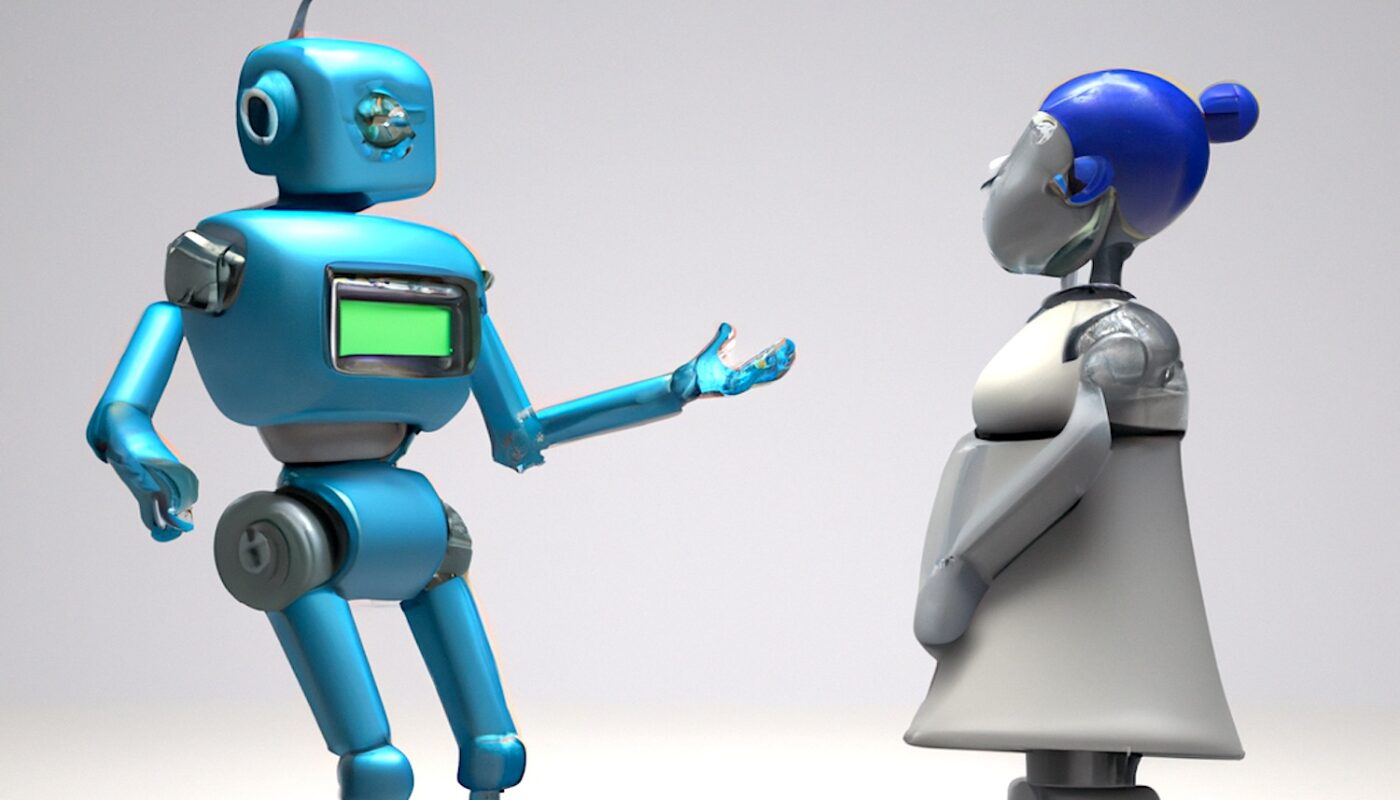The digital age has revolutionized the way we interact with technology, particularly in the field of communication. At the heart of this evolution are conversational agents, computer programs capable of interacting with users through a variety of communication channels. In this article, we’ll explore the definition of a conversational agent and discover how these tools are used to enhance the user experience.
Definition of a conversational agent
A conversational agent, also known as a chatbot or virtual assistant, is a computer program that uses artificial intelligence (AI) to simulate a human conversation. These robots are designed to understand natural language and respond to user queries in a coherent, relevant way. They can be used on different media, such as websites, mobile applications or instant messaging platforms.
Key elements of a conversational agent
The operation of a conversational agent is based on several elements:
- Natural language processing (NLP ): conversational agents must be able to understand and analyze users’ messages by breaking down their language into words, phrases and other syntactic elements.
- Machine learning: robots need to improve over time by learning from past interactions and adjusting their responses to better meet future demands.
- Data integration: Conversational agents can be connected to various information sources, such as databases or APIs, to access the information needed to answer user queries.
The different types of conversational agents
There are several types of conversational agents, which are generally classified according to their level of complexity:
- Basic conversational agents: These chatbots have a set of predefined answers and are capable of answering only a limited number of specific questions. They generally follow a simple decision tree to identify the appropriate answer to a given question.
- Advanced conversational agents: These robots are able to understand and respond to a wider variety of queries thanks to the use of natural language processing and machine learning techniques. They can also handle more complex conversations involving several exchanges between the user and the robot.
- Intelligent conversational agents: These chatbots use more sophisticated AI technologies, such as deep learning, to understand and interact with users in a much more natural and human way. They are capable of adapting to users’ individual preferences and needs, as well as managing conversations on a variety of topics.
Applications and benefits of conversational agents
Conversational agents are increasingly used in different sectors to automate certain tasks and improve the user experience. Here are a few examples of applications:
- Customer service: Chatbots can be used to quickly answer frequently asked questions, solve common problems or direct users to the appropriate resources, reducing waiting time and increasing customer satisfaction.
- Marketing and sales: Conversational agents can help promote products or services, offer personalized recommendations or guide users through the online purchasing process.
- Human resources management: Robots can assist employees by providing information on company policies, benefits or available training, and facilitate certain processes, such as requesting time off or managing schedules.
The benefits of using conversational agents include:
- Cost reduction: By automating certain tasks with chatbots, you can cut personnel costs, notably by limiting the need for call centers or support teams.
- 24/7 availability: Conversational agents can be accessed at any time, providing continuous service to users, regardless of time zone or time constraints.
- Improved user experience: By providing fast, relevant answers to user queries, chatbots help create a smoother, more pleasant experience for customers and employees alike.
The challenges and limits of conversational agents
Despite their many advantages, conversational agents also present certain challenges and limitations:
- Imperfect understanding of human language: Although AI technologies have advanced considerably, it is still difficult for robots to perfectly understand natural language, including idiomatic expressions, accents or grammatical errors.
- Lack of empathy and emotions: Conversational agents cannot feel emotions and sometimes have difficulty interpreting the tone or emotional context of a conversation, which can impair the quality of interactions with users.
- Security and confidentiality issues: Like all IT systems, chatbots can be vulnerable to attack or intrusion. It is therefore crucial to put in place appropriate security measures to protect sensitive data and user privacy.
In short, conversational agents are powerful tools that can enhance the user experience and automate certain tasks. However, it’s essential to take their limitations into account and choose the type of conversational agent best suited to your specific needs.








